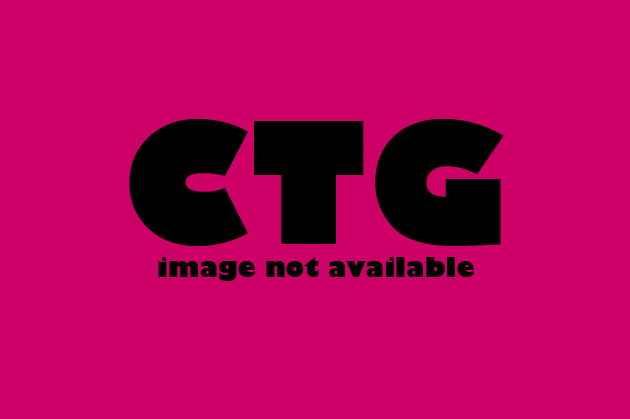Daredevil: End of Days #4
Frankly, I’m still in awe of this book. What Brian Michael Bendis and David Mack had been producing up to this point was masterful. They were taking their time, cultivating the right angles and only diving in when the time was right. There was no action for action’s sake and things progressed comfortably. The creative team had been doing truly superb work with this book from day one.
But this is on another level. Whether things have begun clicking in a way they hadn’t before or the team had just been pulling punches for issues 1-3, I’ll never know, but this is a masterpiece, and, as a fair warning, I have little but elated praise for this book. And thankfully, I get to spend as much time as I want justifying it.
In my previous review of Daredevil: End of Days #3, I talked, at length, about the way Bendis and Mack embrace the human element of these characters and their stories, as well as the way they used the story being told as a commentary on human nature and how and why people do things. This book furthers all of the prior concepts while, with maturity and grace, moving the story forward and taking on other issues as well.
This issue leads off with Ben Urich at the site of Bullseye’s death. Within the opening pages of the book, there are two incredibly well-written human moments, where Urich and a police officer attempt to make sense of everything that’s been happening. They do so in few words, and it’s a heartbreaking and brutally honest way to deal with the events that have taken place.
But the writing on those opening pages, and eventually throughout the rest of the book, ultimately has to play second fiddle to the indescribable, breathtaking artwork. Klaus Janson, Bill Sienkiewicz and Matt Hollingsworth have given readers something that is devastatingly real, the art is aggressive and violent, it’s dark and emotional, raw, unrefined and completely unforgiving. This is the best art I’ve ever seen in a superhero title. The paneling is incredibly ambitious, the expressiveness is daring; the book sets high expectations for itself, and then it laughs whilst vaulting casually and easily above them.
As far as the plot goes, Urich is still on a desperate search to find out what “Mapone” means, and I still find something deeply moving about a man searching for the meaning of one word as though it’s the key to everything, testing every lock with only a hope and prayer that one of them opens. I don’t want to find out what it means just because I’m curious, I want Urich to find out for his own sake. It feels similar to Extremely Loud and Incredibly Close in that way. (Notably, in pretty much no others).
And though the art may take the cake from this go, the writing fits into it perfectly. The two elements complement each other like eggs and bacon, they can both stand on their own, but there’s nothing better than the two together. This series, closely followed by Hawkeye, are the best things Marvel has going for them. I’ve accepted that a series like this can never truly be the mainstream in comics, and I’ll be honest and say I probably wouldn’t want it to be. It’s not very much fun, it’s certainly not very light, and all of the excitement has passed. Nobody wants to deal exclusively in the aftermath. But regardless, this is the highest standard. Superhero titles should strive to be this. Few should be as dark and few could possibly be this insightful, but the way Bendis and Mack tackle the important issues, that’s the golden ticket.





